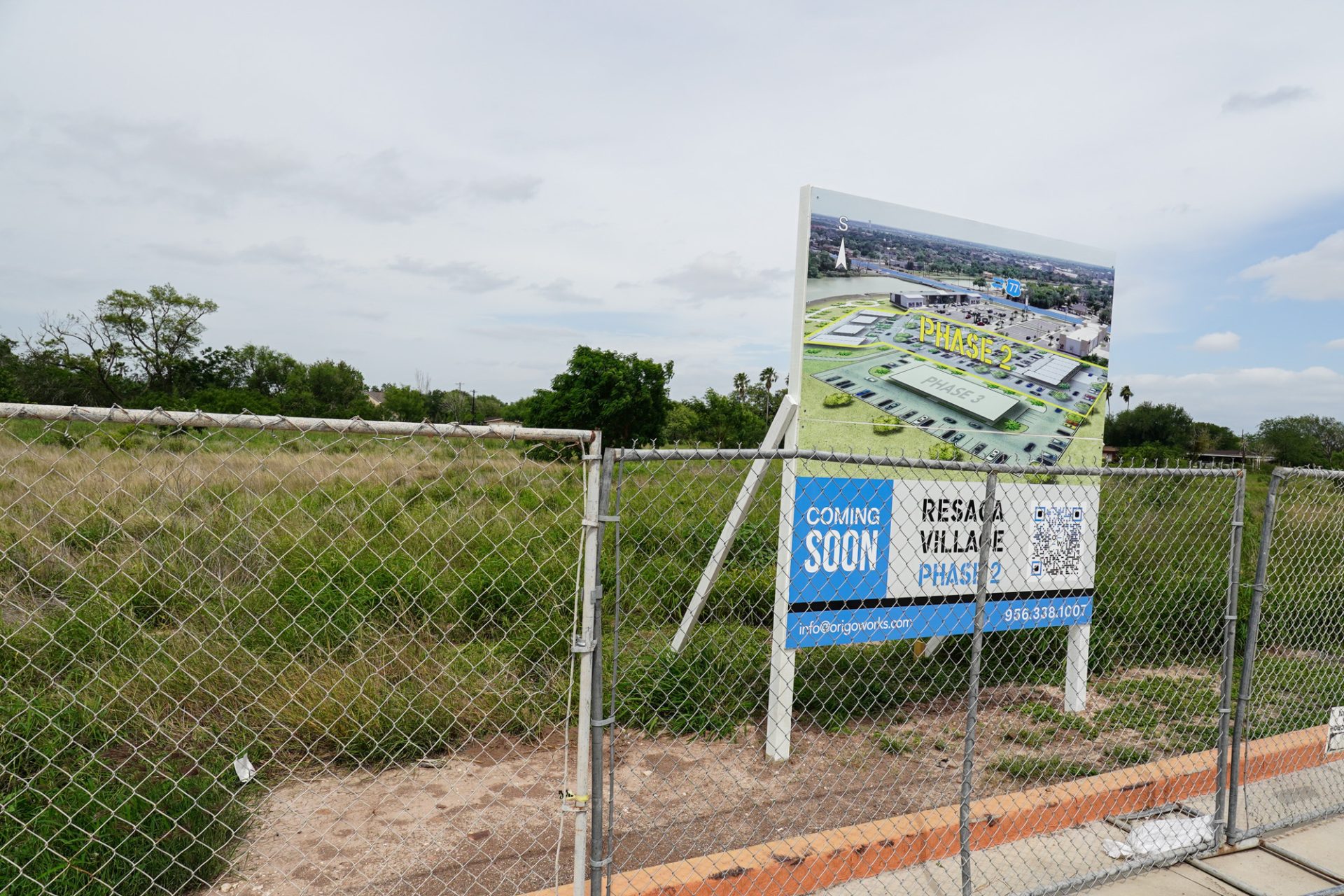(NEXSTAR) – With just weeks to go until the 2024 total solar eclipse darkens skies across the U.S. on April 8, you may be wondering when – and for how long – you'll be able to see the rare phenomenon.
The eclipse will first be visible over the South Pacific Ocean, reaching the Pacific coast in Mexico at roughly 11:07 PDT before continuing northeast.
See the interactive map of Texas below for the exact time when the eclipse will begin, and what percentage of the sun will be covered in your city:
A total solar eclipse is caused by the moon lining up perfectly in between the sun and Earth, blocking out the sun's light. For several minutes, there will be darkness so similar to night that it can fool nocturnal animals into waking, stop birds from singing and send bees back to their hives, according to NASA.
The path of totality, or the thin track across the U.S. from which the sun will appear totally obscured, starts in Texas and continues northeast through Oklahoma, Arkansas, Tennessee, Missouri, Illinois, Kentucky, Indiana, Ohio, Michigan, Pennsylvania, New York, Vermont, New Hampshire, and Maine.
Unlike in past years, 2024's solar eclipse will be at least partially visible throughout all 48 contiguous states.
The next total solar eclipse that will be visible from the contiguous United States won't happen until Aug. 23, 2044, according to NASA.
How to safely view an eclipse
If you're going to view the sun during the eclipse, make sure to have the proper eye protection in place before looking skyward.
Only those people viewing the April 8 event from the path of totality will be able to briefly remove their glasses, solar filters or viewers for the 2-4 minutes when the moon completely obscures the sun. As soon as the tiniest bit of the sun becomes visible, you should immediately use your viewing device.
Approved solar filters should have an ISO 12312-2:2015 certification with the manufacturer's name and address printed somewhere on the product, according to the National Parks Service. Don't use solar filters that are missing the ISO certification information, are scratched or otherwise damaged, or were made before 2015.
If you're looking to stock up before the total solar eclipse, or just want to check the quality of something you already own, the American Astronomical Society compiled a list of approved manufacturers of solar viewers and filters.
With so much attention on eye safety, it might be easy to forget about your skin. NASA points out that the sun will still be very bright and you may find yourself directly exposed to its rays for hours. Be sure to wear protective clothing and use sunscreen to avoid skin damage.
You may want to refrain from driving close to the time of the total eclipse, like Ohio astronomer Jay Reynolds.
"Personally, I won't be driving during the eclipse," said Reynolds. "There will be some odd visual effects caused by what will seem like a weird source of light starting 20 minutes before and after the solar eclipse."
Reynolds said color saturation will appear off.
“For instance, colors like red will lose their brilliance and appear faded, shadows will go from sharp to fuzzy before and after the eclipse,” he said.
Reynolds added that on a typical evening, it takes 45 minutes from the very beginning of a setting sun to become complete darkness of night, “but only five minutes to go from fading light to blackness during a total solar eclipse.”
If you do find yourself on the road, don't forget enable your automatic headlight function or turn your headlights on when you see the light starting to fade.
 (2).png)
 2 months ago
63
2 months ago
63








 English (US)
English (US)